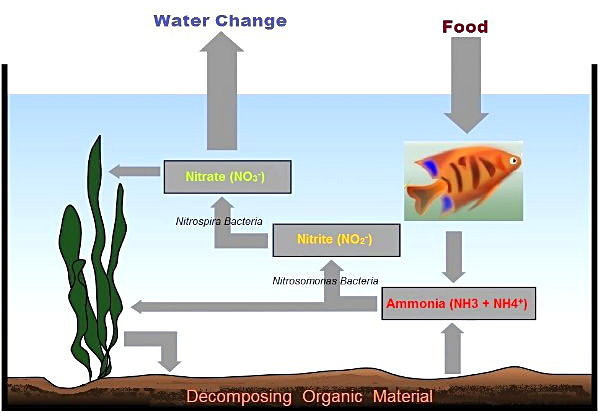A lot of LFS give reasonable advice from the 90s about gradual stocking, what we call today fish-in cycles, problem is without lots of extra water changes that will not work. In addition even when LFS give the right advice, realistically people want fish now, so they will often ignore the advice.
While it's bad that they put animal welfare ahead of profits, I understand the temptation; the actual mistreatment is technically the customer's fault so they will not get in trouble. A personal rule I have is that if I like LFS - I try to spend money there rather than letting amazon undercut, ultimately if they don't make a profit they go out of business and the staff have no job, and the customer has no more shop to visit.
Pets at Home in the UK does have rules enforced from on high to at least attempt welfare. They have a point system to prevent overstocking. That system is far from ideal as adding 3 1 point neons to a fully stocked 60 litre tank will result in refusal of sale, while they will happily sell a goldfish for a fifteen litre tank as such a tank allows 7 fish points and a goldfish is labelled with 5. In addition, anyone with a brain will know how to lie to the store staff to avoid refusal of sales.
My other LFS (my favourite one) asked me when I asked to buy a tank - "Do you know about cycling?". I answered yes, I have researched on the net, I am going to try a fishless cycle. He said "ok, there are various ways of doing a cycle" but left me to my devices. I expect had I said no he would have sold me a bottle of safestart and some teststrips..... not necessarily ideal but at least the advice wasn't from 1975....
The LFS is in a difficult position though..... if they told complicated advice about various methods of cycling involving expensive test kits, half of their customers would smile and then go and buy fish from their competitor who asks them no questions about things that confuse them.





